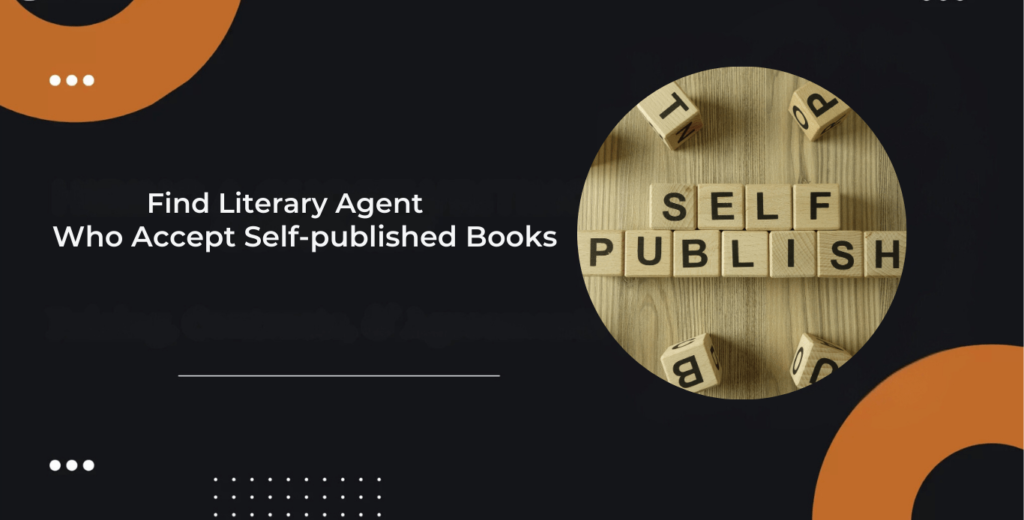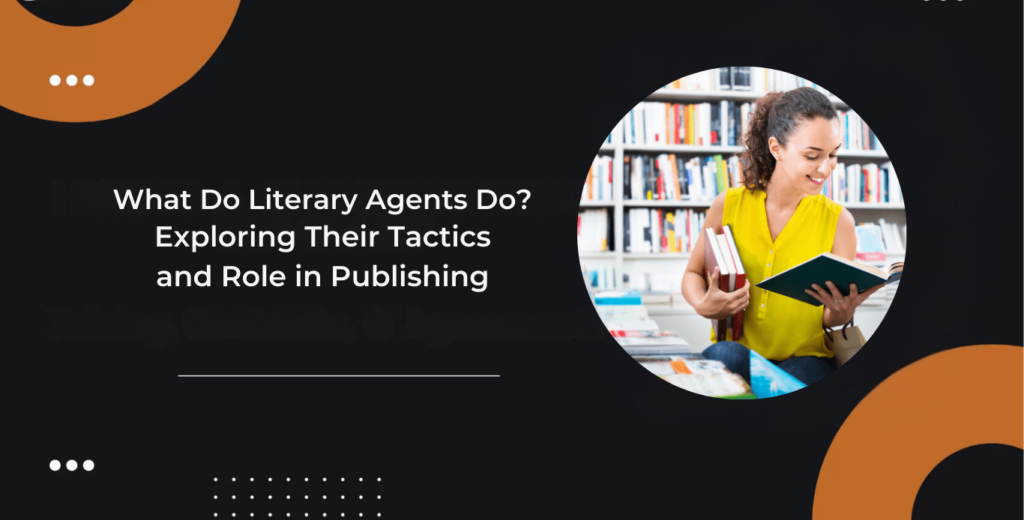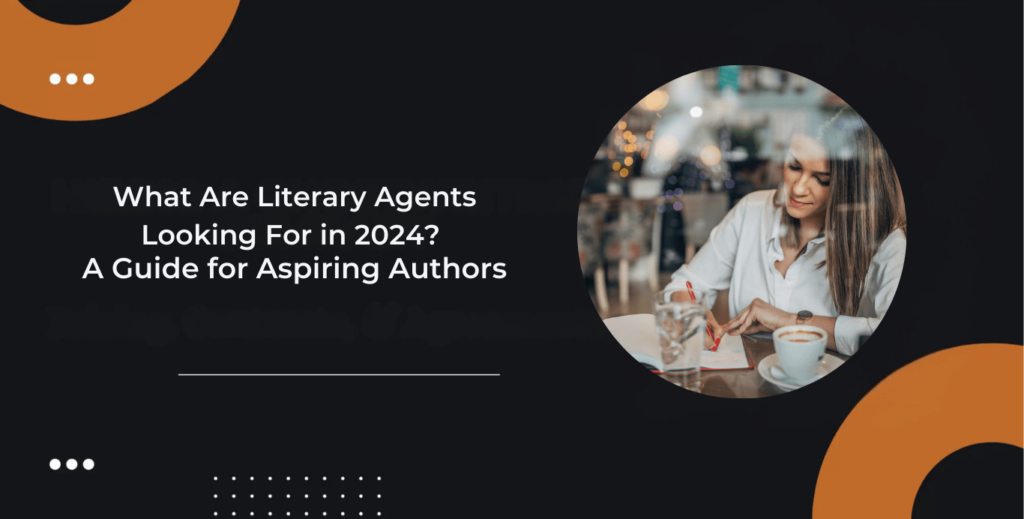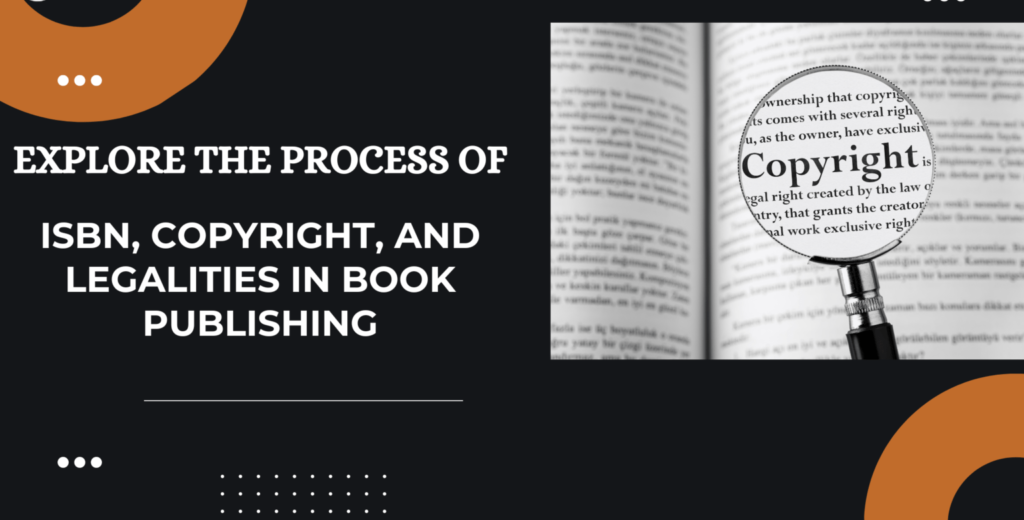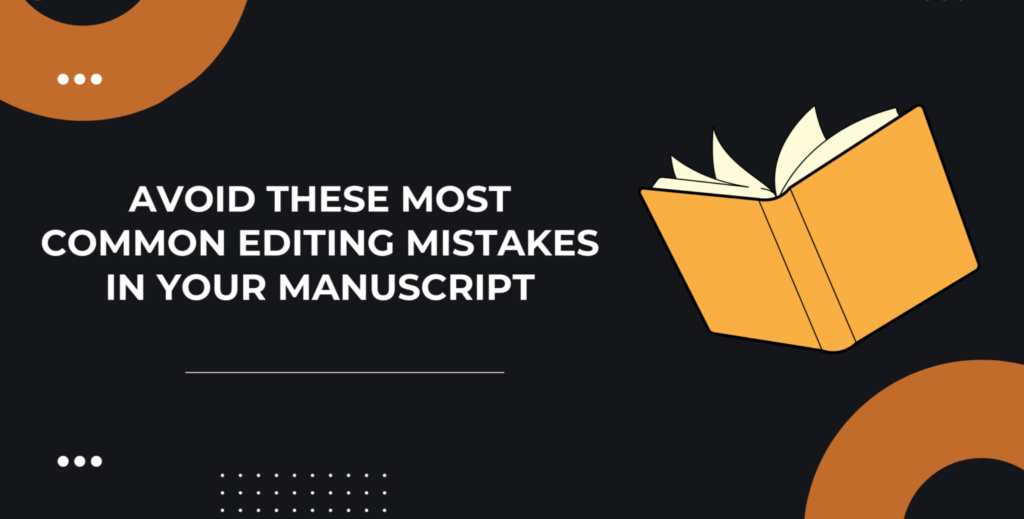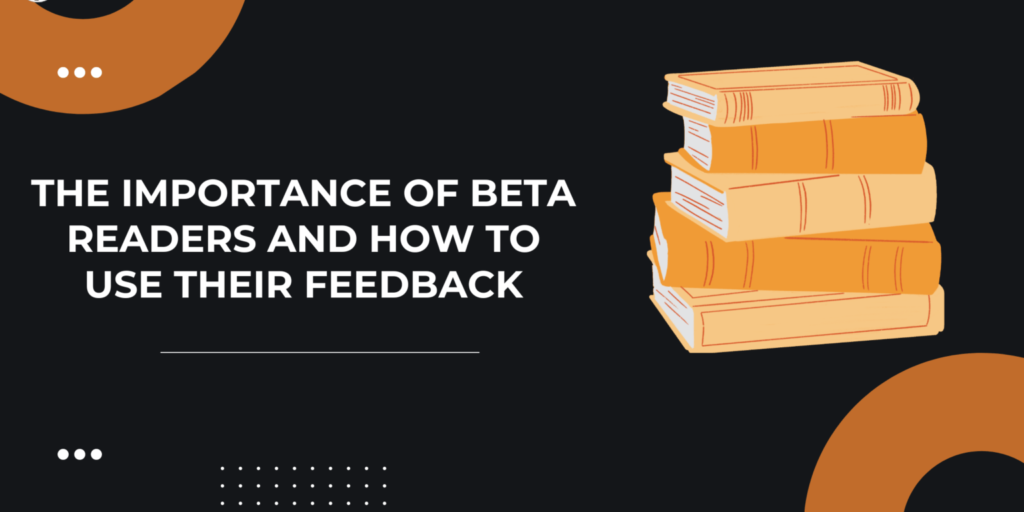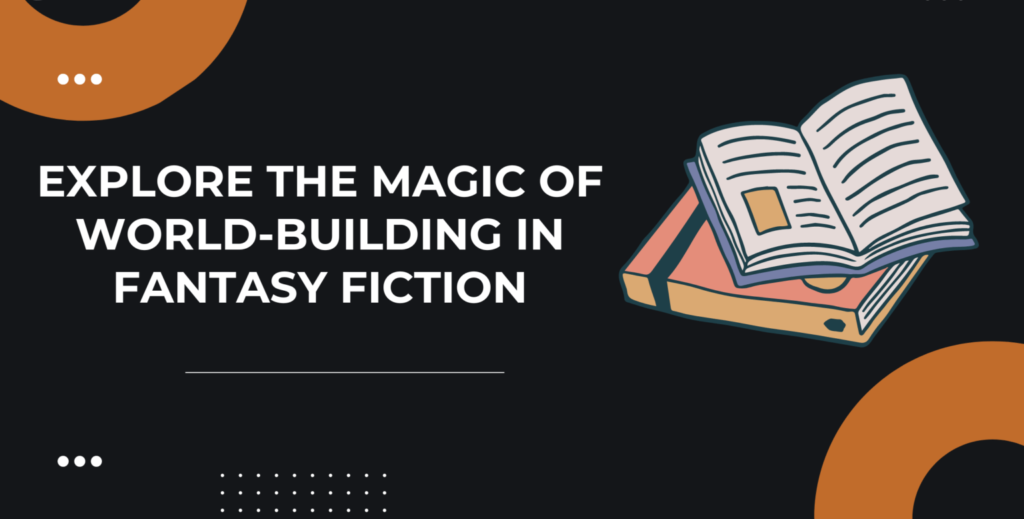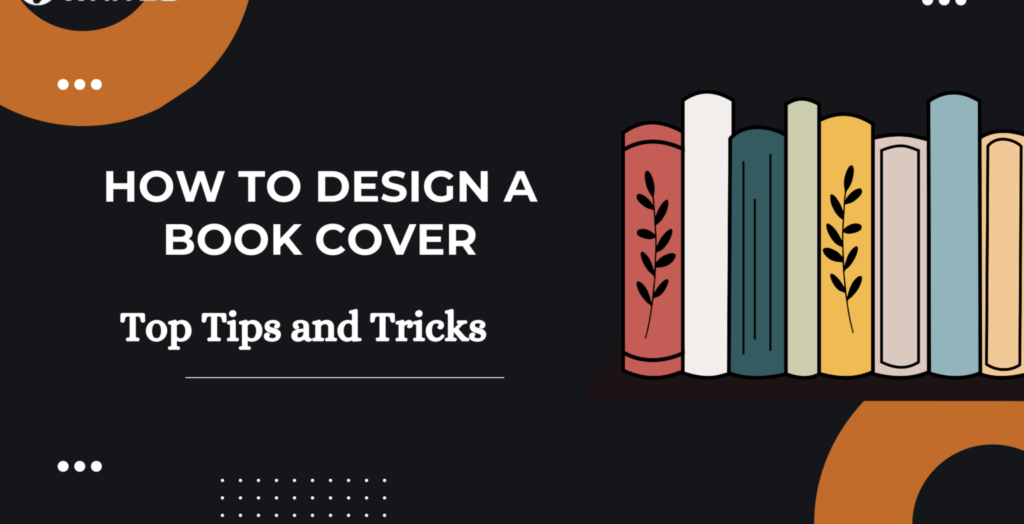Find Literary Agents Who Accept Self-published Books
Home Services Contact Us More About Us Reviews Blog Hamburger Toggle Menu Call Now Get a Free Quote Blog Blog Find Literary Agents Who Accept Self-published Books Breaking into traditional publishing can be difficult for self-published authors. You’ve put in the work to release your book independently, but reaching a broader audience through a traditional publisher often requires the support of a literary agent. Yet, many agents remain cautious about representing previously self-published books, which can make the search for representation feel like a unique challenge. If you’re wondering, How do I get a literary agent who will consider my self-published book?” you’re not alone. Many new authors face this exact concern. It’s a journey that requires not only finding the right publishing agents but also presenting your work in a way that attracts their attention and highlights your book’s market potential. In this guide, we’ll dive into the specifics of finding literary agents who accept self-published books. From understanding what agents look for in self-published authors to a list of literary agents that welcome these submissions, this comprehensive guide will answer your questions, give you strategies to boost your query, and reveal the steps that can transform your self-published journey. Let’s take a look at how you can bridge the gap from indie author to agented author. Understanding Self-Publishing and Traditional Literary Agents Why Some Agents Are Hesitant to Accept Self-Published Books While the self-publishing industry has grown rapidly, with some authors achieving significant success, many literary agents approach these books cautiously. The reasons vary, but some primary factors include: Sales and Marketability Concerns: Traditional publishers often look for a book’s market potential, and many agents hesitate to represent a book if its sales have been low. They view these metrics as an indicator of a book’s ability to reach a wider audience. Quality Assurance: Since self-published books do not undergo the same editorial scrutiny as traditionally published titles, agents may be concerned about inconsistencies in writing, editing, and formatting. Rights Complications: With self-published books, it’s crucial that the author retains all rights to allow for a smooth transition if a publishing house is interested. Some authors unknowingly sign away critical rights, making it challenging for agents to negotiate favorable terms with traditional publishers. The Changing Attitudes Toward Self-Publishing in the Industry As self-publishing continues to grow, literary agents are beginning to recognize the potential in self-published works, especially when they’ve demonstrated strong sales or a loyal readership. Agents are now more open to books that have: Proven Commercial Appeal: Books with strong sales figures or an engaged reader base are increasingly attractive to agents. Awards and Recognition: Books that have won awards or earned positive reviews on prominent platforms like Goodreads or Amazon can catch an agent’s eye. Specialized Genres: Niche genres that demonstrate audience appeal—such as romance, science fiction, or young adult—are often more readily accepted if the author has demonstrated success. By understanding these changing dynamics, self-published authors can better position themselves when approaching agents. Acknowledging these industry concerns and adapting accordingly can make a big difference. How Self-Published Success Stories are Changing the Narrative Success stories like Hugh Howey’s Wool series or Andy Weir’s The Martian have shown that self-published authors can find substantial success, sometimes even surpassing traditionally published authors in sales and popularity. These stories help shift the perception of self-published authors, encouraging agents to reconsider their approaches. A well-written story, an engaged readership, and an appealing author platform can increasingly attract the attention of an agent seeking unique content to pitch to publishers. What Literary Agents Look for in Self-Published Authors Knowing what literary agents expect from self-published authors can significantly enhance your chances of securing representation. Here’s what agents are particularly interested in when evaluating a self-published book: 1. Establishing Sales Milestones Many agents look for self-published books that have sold a substantial number of copies, often in the thousands, depending on the genre and niche. If you’ve achieved high sales, consider using these figures in your query letter. Highlighting your book’s commercial appeal gives agents confidence that it has a marketable value in traditional publishing. 2. Reader Engagement Metrics Agents look beyond sales to assess reader engagement, which includes your social media following, the size of your email list, and reviews on sites like Amazon and Goodreads. The more your readers engage with your content, leave reviews, share your posts, or sign up for updates, the more confident agents will feel that your book has a loyal audience. 3. Unique Selling Proposition (USP) To stand out, your book needs a compelling USP. Agents look for what sets your book apart from similar titles. This could be a fresh perspective, an untold story, or a unique approach to a popular genre. Emphasizing the specific qualities that make your book unique can capture an agent’s attention. 4. Professional Presentation One major concern among agents regarding self-published books is the quality of the final product. A professionally edited manuscript, attractive cover design, and consistent formatting are crucial. These elements signal that you’re serious about your work and understand the professional standards of traditional publishing. How to Research Literary Agents Who Accept Self-Published Books Now that you know what agents are looking for, it’s essential to know where and how to find literary agents who accept self-published books. Proper research will help you identify the agents most likely to consider your work. Using Online Databases and Directories Websites like QueryTracker and Publishers Marketplace offer extensive databases of literary agents and their preferences. You can filter these searches to find agents open to self-published submissions. The Association of Authors’ Representatives (AAR) is another useful resource, listing reputable agents along with their contact details and submission guidelines. Exploring Agent Websites for Submission Guidelines Once you have a list of prospective agents, check their individual websites to confirm if they accept self-published books. Many agents specify their preferences on their websites, including genres they represent, submission requirements, and whether they are open to self-published authors. For example, At Blinking Writes, we openly provide details about submission guidelines, making it easier to tailor your query. Networking and Referrals Networking
